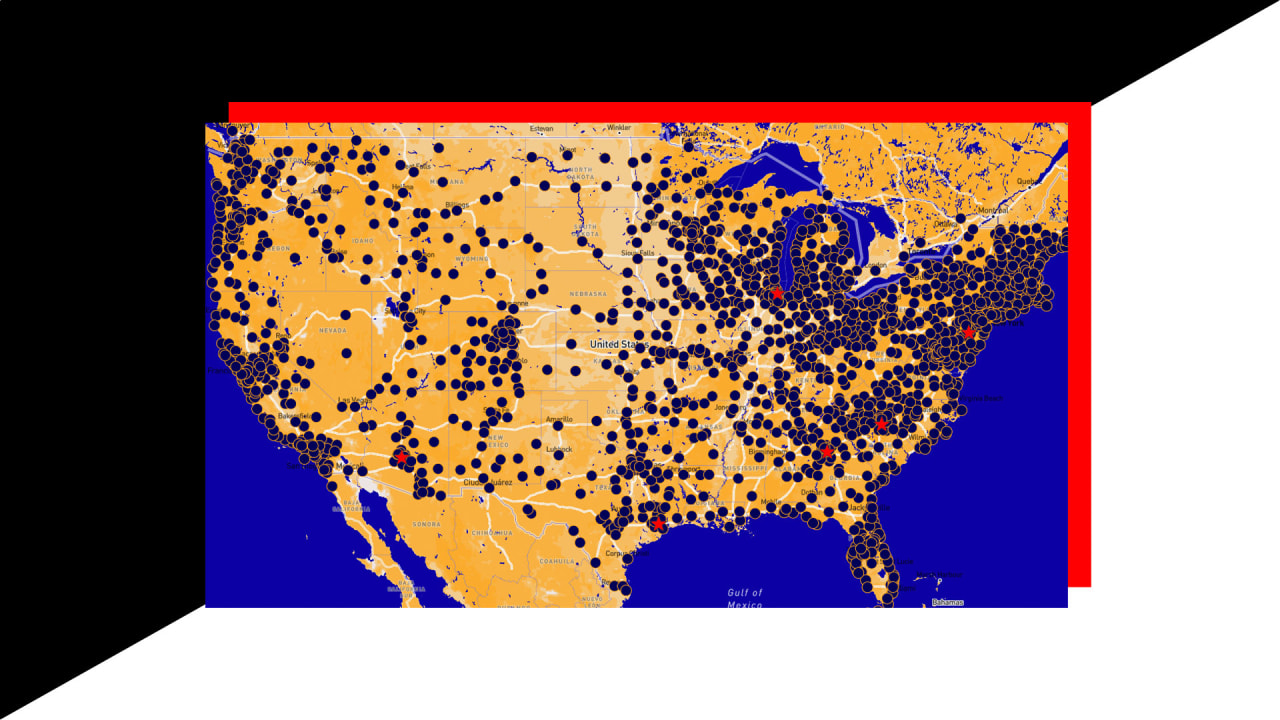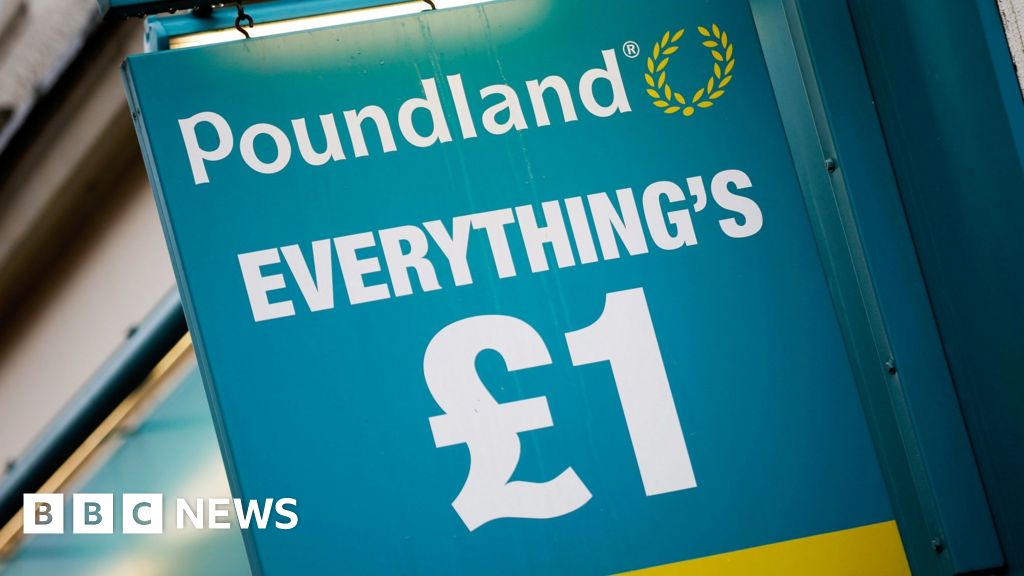Planning to Plan Your Ideas: A Step-by-Step Guide

When you decide to plan your ideas, start by brainstorming potential stories and characters. This initial step sets the foundation for your project. Next, establish a target word count and select a genre, as these choices will guide your writing process. A consistent writing schedule will help you stay on track. By outlining your high-level plan and setting micro milestones, you can monitor your progress effectively. Comprehending these steps is essential, but there’s more to it.
Key Takeaways

- Start with brainstorming techniques like mind mapping to generate diverse ideas and prompts for your project.
- Define your target word count and genre to shape the tone and structure of your writing.
- Establish a consistent writing schedule with specific daily goals to develop a writing habit.
- Outline a high-level plan with milestones and deadlines to keep your project organized and on track.
- Set micro milestones to create motivation and regularly review progress for continuous improvement.
Brainstorming Potential Stories and Characters

When you start brainstorming potential stories and characters, it’s important to gather a variety of ideas and prompts that can spark your creativity.
Begin by compiling a diverse list, reflecting on personal experiences or observations to inspire relatable characters. The importance of planning can’t be overstated; utilizing brainstorming techniques like mind mapping or free writing allows you to explore multiple angles for your narratives.
Consider how different genres influence character development and plot structure, ensuring your ideas align with audience expectations.
Moreover, engaging in collaborative brainstorming sessions with peers can provide fresh perspectives, further enhancing your creative process.
Establishing Your Target Word Count and Genre

Establishing a target word count and selecting a genre are key steps that follow your initial brainstorming efforts.
Defining a clear word count, typically between 70,000 and 100,000 words for novels, helps set measurable goals for your writing.
Choosing a genre early on shapes the tone and style of your story, aligning it with reader expectations.
Consider these emotional motivators as you plan:
- The thrill of crafting a fascinating adventure
- The joy of developing complex characters
- The satisfaction of meeting your writing goals
- The excitement of connecting with your audience
As you’re planning to plan, researching bestselling novels in your chosen genre can provide valuable insights into pacing and structure, enhancing your narrative’s effectiveness.
Creating a Consistent Writing Schedule

Creating a consistent writing schedule is vital for developing your writing habit and ensuring progress on your project. Start by establishing a specific time each day dedicated to writing; this consistency helps form a habit.
Use a calendar or planner for planning, blocking off these writing sessions as unmissable appointments. Aim for an achievable daily word count, like 300-500 words, to keep motivation high without overwhelming yourself.
Experiment with different times of day to discover when you’re most productive, adjusting your schedule accordingly. Don’t forget to incorporate regular breaks during longer sessions; these pauses refresh your mind, enhancing creativity and preventing burnout, which is critical for maintaining your writing routine.
Outlining Your High-Level Plan

A well-structured high-level plan serves as a roadmap for your writing project, guiding you toward your objectives. Start by outlining your main goals and key milestones, ensuring you maintain focus throughout the planning process. Your plan should be flexible, accommodating changes as new ideas and challenges arise.
- Create a timeline with specific deadlines for each milestone to improve accountability.
- Include a vision statement to clarify your project’s purpose.
- Regularly review and update your plan to track progress.
- Identify areas needing additional attention or resources.
Setting Micro Milestones for Progress Tracking

When you set micro milestones within your larger project, you create a clear path that keeps you motivated and focused. These small, achievable goals help break down complex tasks into manageable steps, making the planning process less overwhelming.
Each micro milestone should have a clear deadline and measurable outcome, allowing you to track your progress effectively. Regularly reviewing completed micro milestones boosts your confidence and reinforces your commitment to the overall goal.
Moreover, incorporating these milestones into your planning schedule encourages consistency and discipline. By doing so, you establish a structured and efficient approach to achieving your larger objectives, ensuring that you stay on track and make necessary adjustments as needed throughout the project.
Conclusion

By following these structured steps, you can effectively transform your ideas into a well-organized plan. Start with brainstorming, establish your targets, and create a consistent writing schedule. Outlining your high-level plan and setting micro milestones will keep you on track. This approach not only maintains your focus but additionally improves your creativity, making it easier to bring your narratives to life. With commitment and organization, you’ll see your ideas evolve into finished works.
Image Via Envato
This article, "Planning to Plan Your Ideas: A Step-by-Step Guide" was first published on Small Business Trends
What's Your Reaction?
 Like
0
Like
0
 Dislike
0
Dislike
0
 Love
0
Love
0
 Funny
0
Funny
0
 Angry
0
Angry
0
 Sad
0
Sad
0
 Wow
0
Wow
0



























































































